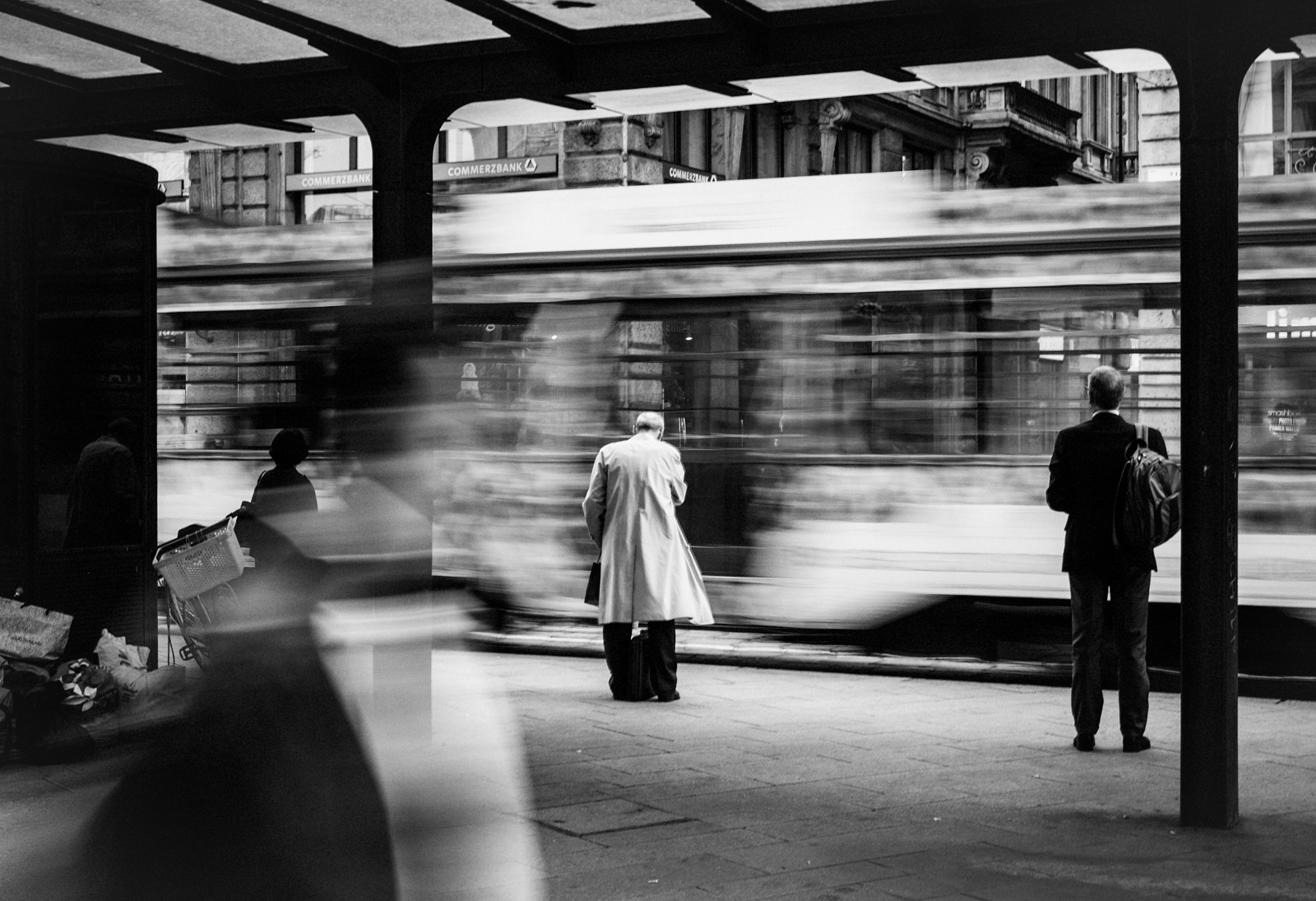See This Report about Framing Streets
Table of ContentsThe Of Framing StreetsLittle Known Questions About Framing Streets.The 5-Minute Rule for Framing StreetsThe Ultimate Guide To Framing StreetsUnknown Facts About Framing StreetsFacts About Framing Streets Uncovered
, generally with the goal of recording pictures at a crucial or emotional minute by mindful framing and timing. https://canvas.instructure.com/eportfolios/2658090/Home/Framing_Streets_Mastering_the_Art_of_Street_Photography.
4 Easy Facts About Framing Streets Explained
Susan Sontag, 1977 Street digital photography can focus on individuals and their actions in public. In this regard, the road digital photographer resembles social documentary photographers or photographers that also function in public areas, yet with the goal of catching relevant occasions. Any of these professional photographers' images may catch individuals and building visible within or from public locations, which commonly requires navigating ethical concerns and legislations of personal privacy, safety, and home.
Representations of day-to-day public life develop a style in nearly every duration of globe art, starting in the pre-historic, Sumerian, Egyptian and early Buddhist art periods. Art handling the life of the street, whether within views of cityscapes, or as the leading motif, appears in the West in the canon of the North Renaissance, Baroque, Rococo, of Romanticism, Realistic look, Impressionism and Post-Impressionism.
The Basic Principles Of Framing Streets
Louis Daguerre: "Boulevard du Temple" (1838 or 1839) In 1838 or 1839 the initial photo of figures in the road was recorded by Louis-Jacques-Mand Daguerre in one of a set of daguerreotype views extracted from his studio home window of the Boulevard du Holy place in Paris. The second, made at the elevation of the day, shows an uninhabited stretch of street, while the various other was taken at about 8:00 am, and as Beaumont Newhall records, "The Boulevard, so constantly full of a moving bunch of pedestrians and carriages was completely solitary, other than an individual that was having his boots brushed.
His boots and legs were well defined, however he is without body or head, since these were in activity." Charles Ngre, waterseller Charles Ngre. https://moz.com/community/q/user/framingstreets1 was the initial digital photographer to achieve the technological elegance called for to register individuals in motion on the road in Paris in 1851. Photographer John Thomson, a Scotsman functioning with reporter and social activist Adolphe Smith, published Road Life in London in twelve monthly installments starting in February 1877
Framing Streets Fundamentals Explained
Eugene Atget is considered as a progenitor, not More Bonuses since he was the first of his kind, but as an outcome of the popularisation in the late 1920s of his record of Parisian roads by Berenice Abbott, who was motivated to carry out a similar paperwork of New york city City. [] As the city created, Atget helped to promote Parisian streets as a deserving subject for photography.

How Framing Streets can Save You Time, Stress, and Money.
Martin is the first taped photographer to do so in London with a disguised camera. Mass-Observation was a social research study organisation established in 1937 which intended to videotape daily life in Britain and to videotape the responses of the 'man-in-the-street' to King Edward VIII's abdication in 1936 to marry separation Wallis Simpson, and the sequence of George VI. The chief Mass-Observationists were anthropologist Tom Harrisson in Bolton and poet Charles Madge in London, and their initial report was generated as the publication "May the Twelfth: Mass-Observation Day-Surveys 1937 by over two hundred observers" [] Window cleaner at Kottbusser Tor, Berlin, by Elsa Thiemann c. 1946 The post-war French Humanist School photographers found their topics on the street or in the diner. Andre Kertesz.'s widely admired Images la Sauvette (1952) (the English-language edition was entitled The Crucial Minute) promoted the idea of taking an image at what he labelled the "decisive minute"; "when kind and web content, vision and composition combined right into a transcendent whole" - vivian maier.
The 7-Minute Rule for Framing Streets
, after that an instructor of young kids, associated with Evans in 193839.'s 1958 book,, was substantial; raw and often out of emphasis, Frank's photos examined conventional digital photography of the time, "tested all the formal regulations laid down by Henri Cartier-Bresson and Walker Evans" and "flew in the face of the wholesome pictorialism and wholehearted photojournalism of American magazines like LIFE and Time".